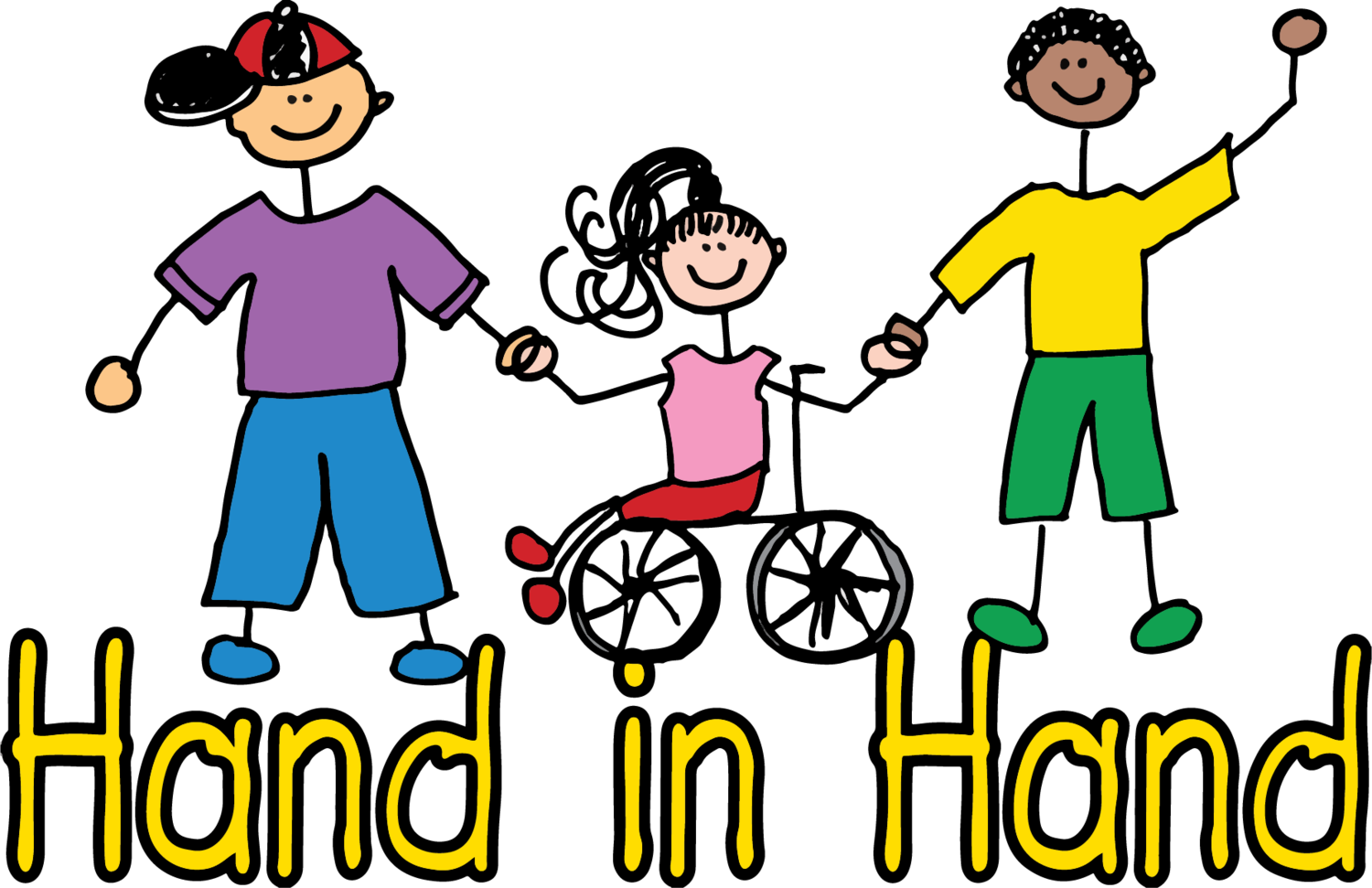Sensory Processing Disorder: Now and Then
By: Rachel Carpenter
When my daughter first began therapy and treatment for sensory processing disorder, or SPD, she was young. At only 2 years old, the early intervention was one of the best things we could do for her. It gave her a chance to learn and modify behaviors and inputs before these were more permanent. Addison worked very hard, and the support and interventions were amazing tools in her success.
But what does Addison’s SPD look like now?
She began school early in an integrated preschool classroom. This was a small, inclusive classroom with kids of different abilities and with every tool at their disposal. From the toys to the adapted playground to the multiple therapists working in the room, Addison was able to learn while working on her speech, language, behaviors, and sensory inputs. This program was similar to the integrated preschool program offered at Hand-in-Hand. As their curriculum states, “HighScope Curriculum encourages using play and socialization to help children of all abilities to develop knowledge, skills, initiative, and the ability to regulate behavior and resolve conflicts.” What better way for a child to learn and grow?
Addison then began elementary school with an individualized education plan, or IEP, in place. Under the Individuals with Disabilities Act (IDEA), students with different needs are entitled to receive necessary adaptations in a classroom to support their learning. An IEP defines these adaptations and provides benchmarks for assessment of learning and growth. The goal of her IEP was to place her in the least restrictive environment while also allowing time for speech and occupational therapy during the day. She was able to join the general kindergarten class with an aid, only leaving the class for her additional therapies a few times a week.
Inclusion, if possible with the best interests of the child and classroom, is so important. It allows the child to see and model other behaviors; it also gives the other children a way to learn and support someone who may have different abilities than they do. Gretchen Walsh M.S. Ed.,a special education professional at the Academic Support Center at Notre Dame College, stated, “Inclusion is important because through our diversity we certainly add to our creativity. If you don’t have a diverse classroom or a diverse world, you don’t have the same creative levels and I think our strength lies in our diversity.” Inclusion benefits everyone!
Addison’s school career has been filled with IEP meetings, therapies, and classroom support. Every semester and year, her improvements were great enough to scale back on additional support. The teachers, administrators, and professionals worked with her always remarked on her positive attitude and willingness to try. By the middle of her second grade year, she was taken off an IEP completely - no speech therapy or occupational therapy needed! Her behaviors at home followed this same curve. She was eating better, communicating more effectively, and using her coping skills to deal with sensory issues. We had even moved across the world with little trouble. It seemed we were finally balanced!
But alas, another lesson for mom: SPD does not go away.
Things may improve; therapies and strategies may help; your child may seem to exhibit no signs or triggers of SPD. These are all great things! Yet it does not mean that the SPD is not there, just that your child’s hard work has paid off, and it may not always be that way.
We started to notice some attention issues in Addison’s third grade year, both at home and at school. Her test scores were declining. Her teacher commented that she was fidgety and was distracted. She was itchy and complained about clothes fitting funny or feeling weird. She was still dedicated to her routines, yet she would barely complete something or would not finish a task at all. This didn’t seem like just SPD, but the same signs were there. I cringed in thinking that this was going to impact her education and her life forever.
Back to the doctor we went. We now have an attention deficit disorder, or ADD, diagnosis to accompany the SPD. Her specialist explained that this is common for many people with one or more disabilities. The symptoms and side effects play off one another. Addison has started Omega-3 supplements for brain development. We also monitor her behaviors and schoolwork with her doctor and teachers. She was placed on a 504 plan, which is “a plan developed to ensure that a child who has a disability identified under the law and is attending an elementary or secondary educational institution receives accommodations that will ensure their academic success and access to the learning environment” (definition provided by the University of Washington). It may seem like a setback, but I think of this as another diagnosis to help Addison succeed.
I wish I could tell you that SPD has a magic cure or medication. Instead, I will tell you that SPD makes Addison unique and has given her motivation to work harder. Some of her triggers and behaviors have improved vastly and rarely affect her; others take some time and effort. She will always have to try a little more than her classmates to improve her senses and her attention. Yet without her diagnoses, she would struggle even more and without support at school and at home. She is fortunate to live in a world with inclusiveness, knowledge, and love - and we never take that for granted.


